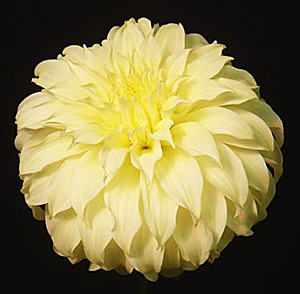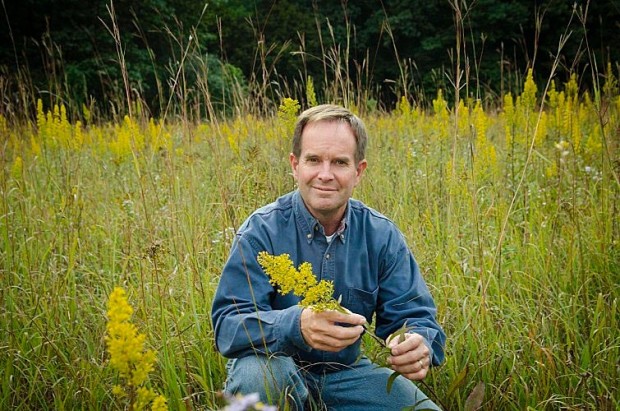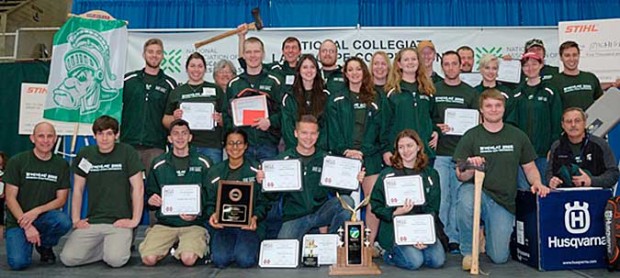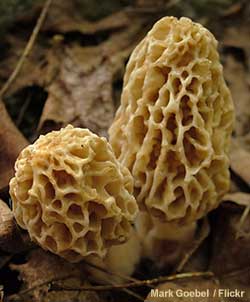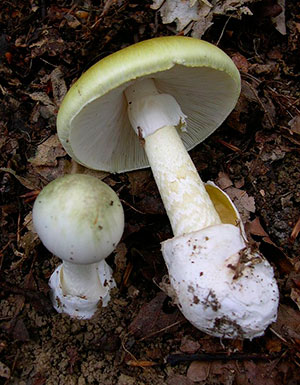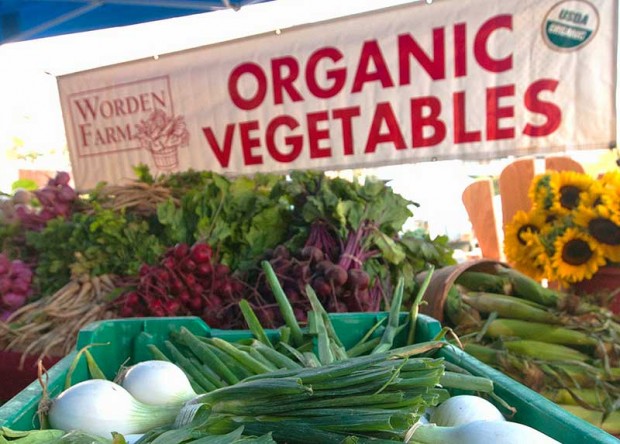Detroit Free Press:
A pretty, invasive plant that flowers in late summer and early fall is spreading throughout Michigan. And it’s so prolific and tough, it can grow through sidewalks, driveways and building foundations.
Japanese knotweed, native to East Asia, has become such a pervasive invader in Great Britain that those with it on their property can have trouble getting a mortgage or home insurance. It’s not to that point in Michigan — and concerned ecologists want to keep it that way.
The law prohibits bringing the plant into the state or moving it around within Michigan.The shrub-like plant features a hollow, bamboo-like stem and broad leaves in a zigzag pattern up the shoot. It grows up to 10 feet in height. In Michigan, the plant blooms small, creamy white flowers in August and September. Its root network and rhizomes — a stem that grows horizontally under the ground — can grow up to 65 feet away from the weed, shooting up additional plants along its path.

